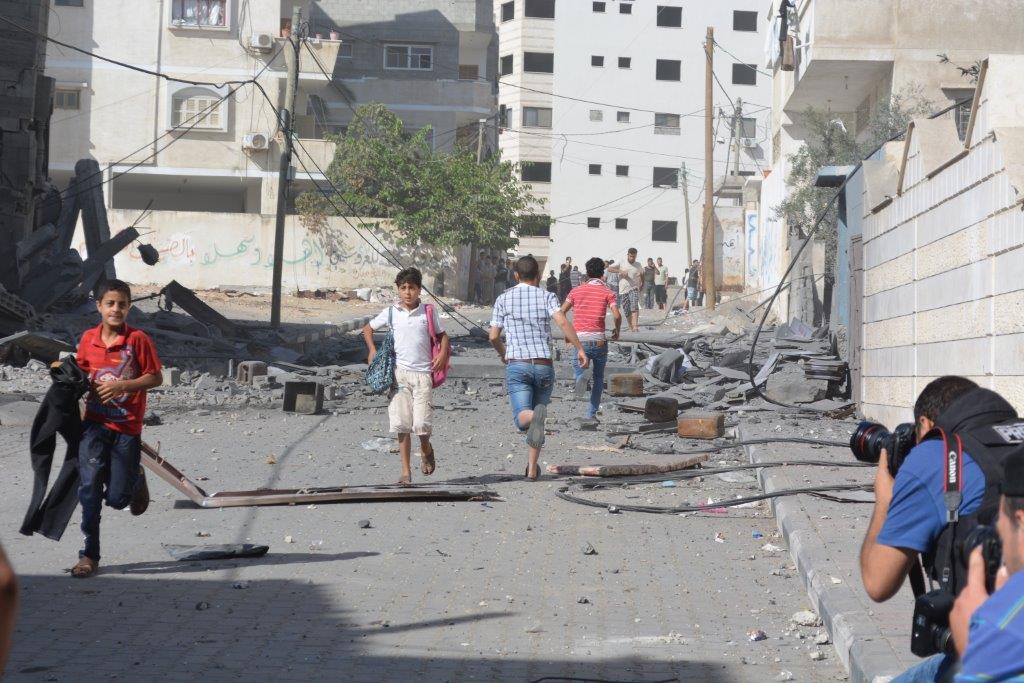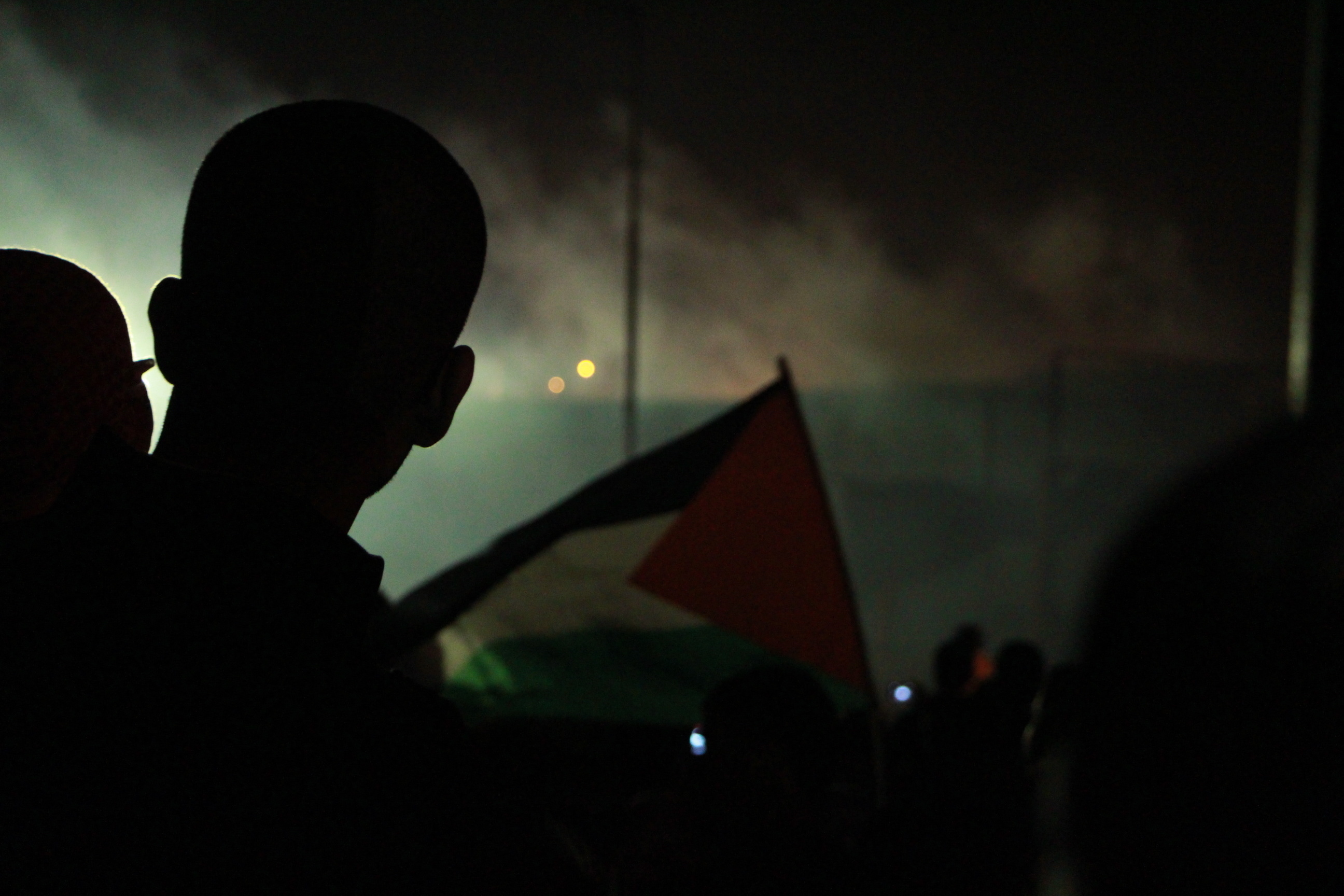Category: Journals
-
Trapped in Beit Hanoun
27th July 2014 | Charlie Andreasson | Gaza, Occupied Palestine We raced towards the hospital in Beit Hanoun, our mission was to assist in the evacuation of the hospital with the same name. The Israeli forces had already destroyed 13 ambulances in a row. We had to work fast. But we were soon trapped, Fred and…
-
Gaza: Another home destroyed
25th July 2014 | Charlie Andreasson | Gaza, Occupied Palestine At 9 AM local time, a missile targeted a family home in central Gaza City. The house appeared to have been evacuated, but the shockwave and construction material that was thrown demolished a two-storey house across the street. Although we were 100 meters away a thin, black…
-
Walking to Qalandia
25th July 2014 | International Solidarity Movement | Qalandia, Occupied Palestine We began walking in a crowd, full of men, women, and children. I couldn’t began to estimate how many people were gathered, at least 10,000. The mood was cheerful, people were singing, clapping, holding banners, and waving many Palestinian flags. Cars were driving alongside us…



